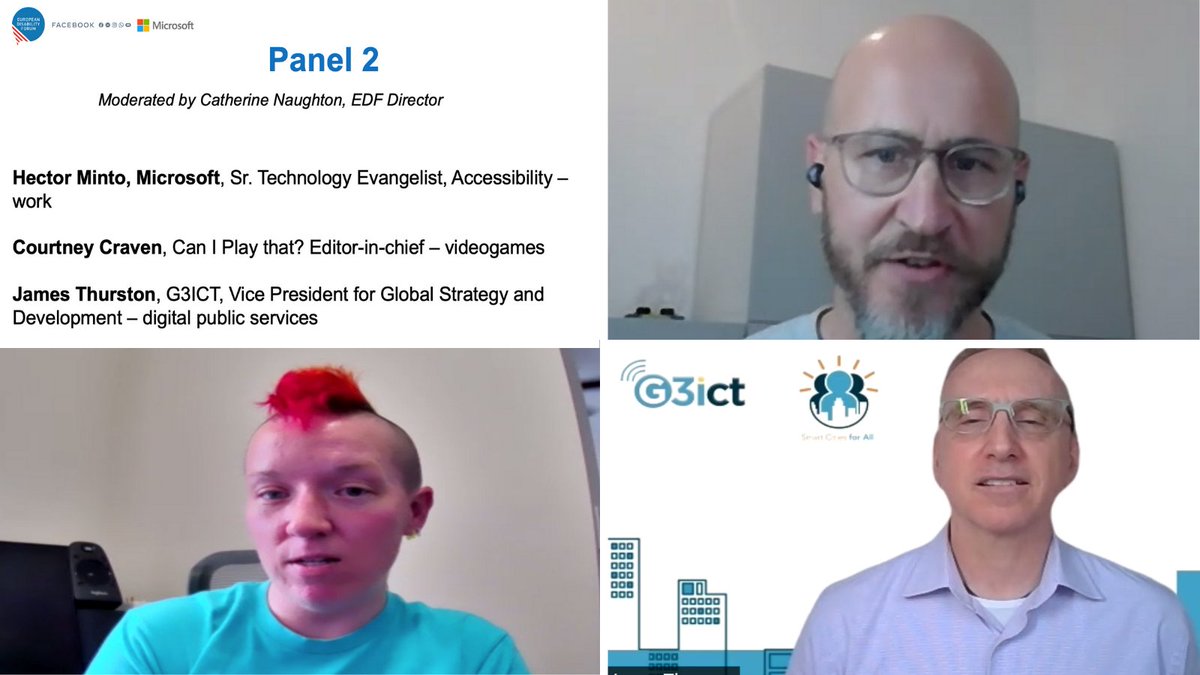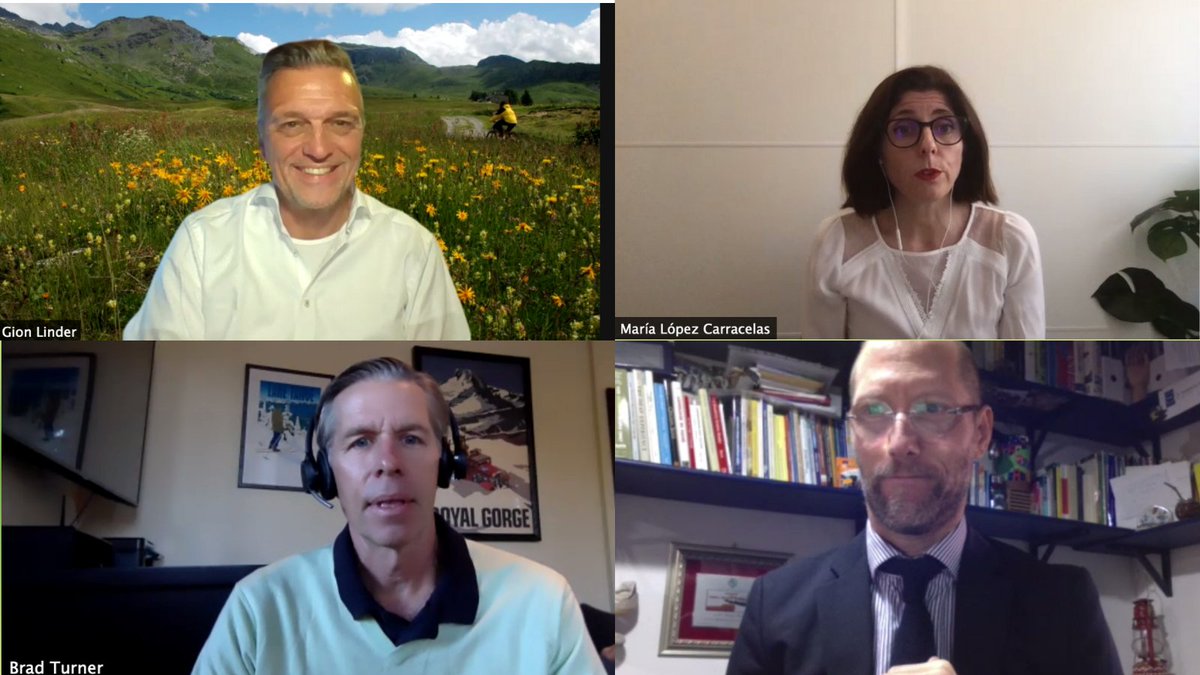The whole of Europe is currently experiencing a second wave of COVID-19 infection, even stronger than in March. Equal access to technology is essential to avoid isolation and to improve the inclusion of persons with disabilities.
COVID-19 pandemic inevitably boosted the use of technology. Since the onset of the pandemic, online tools and technology-based services played a growing role in many of our lives. Persons with disabilities were by no means an exception. Although barriers remain preventing equal access to the whole range of products and services available, accessibility is increasing. This helped persons with disabilities cope with the current situation.
Thanks to the sponsorship of Facebook and Microsoft, last Thursday 29th October EDF held the webinar “Rolling Out Accessibility” in which, thanks to all our panelists, we discovered a range of popular online tools and services and how they are becoming more accessible for persons with disabilities.
From this point of view, María López Carracelas, Facebook EU Public Policy Manager, Connectivity & Access presented the last accessibility features of social media, such as automatic alternative text, including for actions, and the possibility to add captions also in live streaming, among others. “Accessibility is a cross-functional aspect”, she said, “one size fits all is not a solution”.
Besides, Hector Minto, Senior Technology Evangelist of Accessibility at Microsoft also reviewed their main tools and accessibility features, which use has increased exponentially for the past months. This makes evident the increased demand for accessible technologies. He stressed what the disability community could teach to the rest of the world about working remotely.
Access to information is a fundamental right. Brad Turner, Benetech Vice President Global Education and Literacy presented Bookshare, one of the biggest libraries of books in accessible formats. He pointed out that for students with a print disability, 95% of all content is locked in printed form.
We witnessed how accessibility is progressing also in videogames. Courtney Craven, editor-in-chief at Can I Play that? explained how through gaming, persons with disabilities can improve their quality of life. Can I Play That? Is a gaming outlet staffed and written for and by disabled gamers, they serve both disabled gamers and videogames developers looking to learn how to make their games accessible.
Gion Linder, Head of Access Services at the European Broadcasting Union shared the results of a survey on access services conducted in 43 public broadcasters from 28 countries in 2019. Even though only one-third of public TV channels do not perform post-processing of subtitles to prepare them for online delivery, 83% of channels provide live subtitles.
During the webinar, all the panellists discussed many domains, from work and education to videogames and social media, and we see how accessibility is getting a more central role. From the disability movement, we will keep raising awareness in these and other sectors, so accessibility is fully recognised in all aspects of life.
Lastly, James Thurston, G3ICT Vice President for Global Strategy and Development presented the results of the latest DARE index. Overall, North America keeps leading on accessibility policies, and Europe comes second, although there is room for further implementation.
Even though we did not talk about specific policies, the European Disability Forum knows from experience that having a good legal framework on accessibility always boosts companies to do more and to do it better. Because accessibility is not an end in itself, but a means to enjoy equal access.
Photos of the webinar

